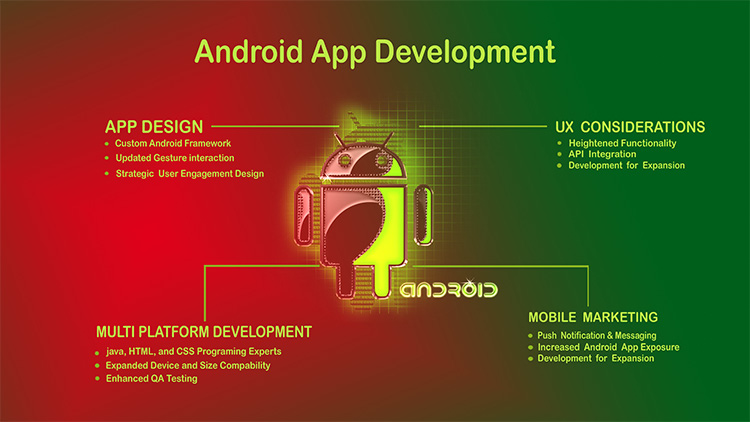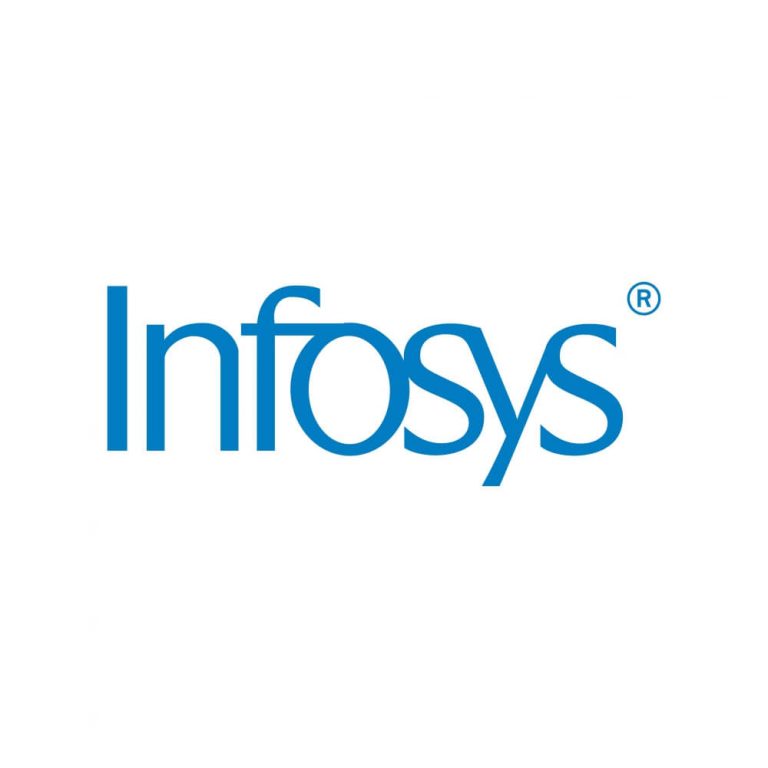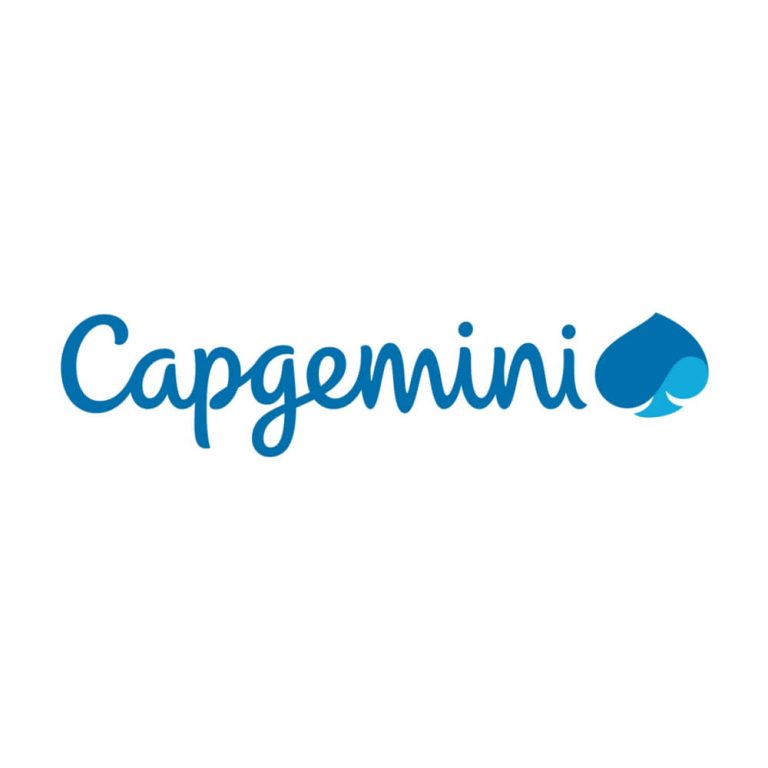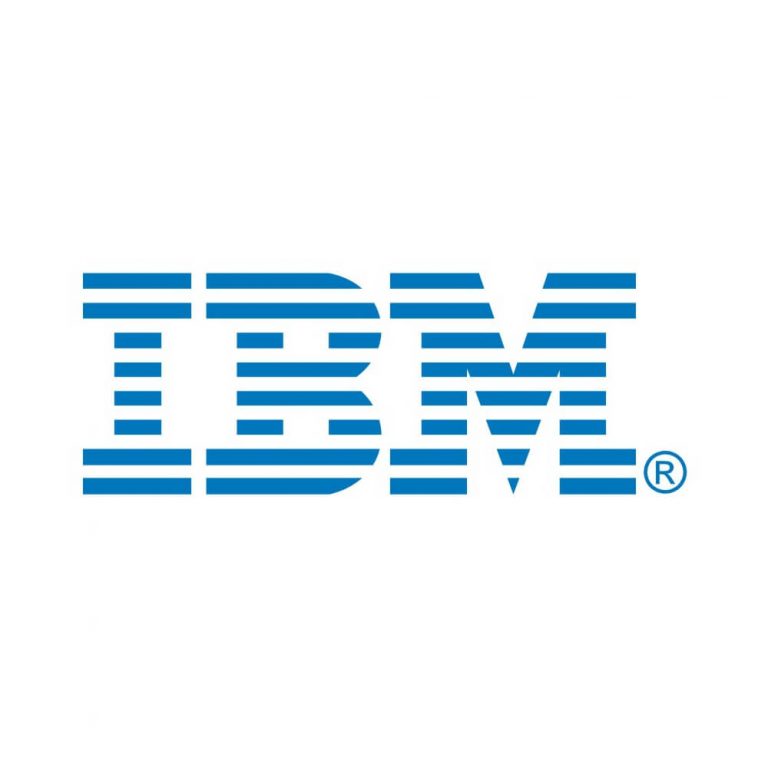
Course Information
An Android app is a software application running on the Android platform. Because the Android platform is built for mobile devices, a typical Android app is designed for a smartphone or a tablet PC running on the Android OS.
Following professionals can go for it:
- Fresher’s
- IT Experts
Eligibility: Technical graduate having fundamental knowledge of any programming languages like C, C++ will be benefited but not mandatory. We will provide a foundational and basics that are required.
Lecture Duration: 5 months
Placement: 100% Placement Assistance
Job Profile: Android developer
Core Java
Java
| Java as a Programming Tool |
| Advantages of Java |
| The Java “White Paper” Buzzwords |
| Java and the Internet |
| A Short History of Java |
| Common Misconceptions About Java |
The Java Programming Environment
| Installing the Java Software Development Kit |
| Development Environments |
| Using the Command Line Tools |
| Using an Integrated Development Environment |
| Compiling and Running Programs from a Text Editor |
| Graphical Applications |
| Applets |
Fundamental Programming Structures in Java
| A Simple Java Program |
| Comments |
| Data Types |
| Variables |
| Assignments and Initializations |
| Operators |
| Strings |
| Control Flow |
| Big Numbers |
| Arrays |
Objects and Classes
| Introduction to Object-Oriented Programming |
| Using Existing Classes |
| Building Your Own Classes |
| Static Fields and Methods |
| Method Parameters |
| Object Construction |
| Packages |
| Documentation Comments |
| Class Design Hints |
Inheritance
| Extending Classes |
| Object: The Cosmic Superclass |
| The Class Class |
| Reflection |
| Design Hints for Inheritance |
Interfaces and Inner Classes
| Interfaces |
| Object Cloning |
| Inner Classes |
| Proxies |
Graphics Programming
| Introduction to Swing |
| Creating a Frame |
| Frame Positioning |
| Displaying Information in a Panel |
| 2D Shapes |
| Colors |
| Text and Fonts |
| Images |
Event Handling
| Basics of Event Handling |
| The AWT Event Hierarchy |
| Semantic and Low-Level Events in the AWT |
| Low-Level Event Types |
| Actions |
| Multicasting |
| The Event Queue |
User Interface Components with Swing
| The Model-View-Controller Design Pattern |
| An Introduction to Layout Management |
| Text Input |
| Making Choices |
| Menus |
| Sophisticated Layout Management |
| Dialog Boxes |
Applets
| Applet Basics |
| The Applet HTML Tags and Attributes Multimedia |
| The Applet Context JAR Files |
Exceptions and Debugging
| Dealing with Errors Catching Exceptions |
| Some Tips on Using Exceptions Debugging Techniques |
| Using a Debugger |
Streams and Files
| Streams |
| The Complete Stream Zoo ZIP File Streams |
| Putting Streams to Use Object Streams |
| File Management |
Android Professional Track
What is Android
| History and Version |
| Android Architecture |
| Installing software |
| Setup Eclipse |
| Hello Android example |
| Android Emulator |
| AndroidManifest.xml |
| R.java file |
| Hide Title Bar |
| Screen Orientation |
| Working with Button |
| Toast |
| Custom Toast |
| Button |
| Toggle Button |
| Image Button |
| Check Box |
| Alert Dialog |
| Spinner |
| Auto Complete Text View |
| Rating Bar |
| Date Picker |
| Time Picker |
| Progress Bar |
| Quick Contact Budge |
| Analog Clock and Digital Clock |
| Working with hardware Button |
| File Download |
Introduction of Activity, Intent & Day
| Fragment |
| Activity Lifecycle |
| Activity Example |
| Implicit Intent |
| Explicit Intent |
| Fragment Lifecycle |
| Fragment Example |
| Dynamic Fragment |
| Android Menu |
| Option Menu |
| Context Menu |
| Popup Menu |
| Layout Manager |
| Relative Layout |
| Linear Layout |
| Table Layout |
| Grid Layout |
| Adaptor |
| Array Adaptor |
| Array List Adaptor |
| Base Adaptor |
| View |
| Grid View |
| Web View |
| Scroll View |
| Search View |
| Tab Host |
| Dynamic List View |
| Android Service |
| Android Service |
| Android Service API |
| Android Service Life Cycle |
| Android Service Example |
Data Storage
| Internal Storage External Storage |
| SQLite |
| SQLite API |
| SQLite Spinner |
| SQLite ListView XML & JSON |
| XML Pull Parser JSON Parsing GCM Notifications Content Provider |
| Content Provider Fundamental Contact Content Provider |
| Other Built-in Content Providers |
| Creating Custom Content Provider |
| Understanding Content URI |
| Content Resolver |
| Sharing Information from custom content provider |
Android Web Services
| Soap Vs Restful web service |
| Android Restful web service example with java servlet |
| Storing data into external database |
Web Development
HTML & CSS Overview
| Introduction |
| HTML Basics |
| HTML Elements |
| HTML Attributes |
| HTML Styles |
| HTML Forms |
| HTML Form Elements |
| HTML Input Element Types |
| HTML Input Attributes |
| HTML File Paths |
| Script tag and its uses |
HTML & XHTML
| CSS Introduction |
| CSS Syntax |
| CSS Selectors |
| CSS Styling |
Javascript Primer
| Introduction to Javascript |
| Javascript Statements |
| Javascript Keywords |
| Javascript Functions |
| Javascript Programs |
| Javascript Operators |
| Function Parameters |
| Function Return Values |
| Javascript Data Types |
| Primitive Types |
Working with Objects
| Object Overview |
| Object Oriented Programming |
| Object creation |
| Adding Properties to Objects |
| Adding Methods to Objects |
| Javascript Conditional Statements |
| Javascript Loops & Iteration |
| Enumerating properties |
| Callbacks JSON |
MVC Architecture
| Model-View-Controller |
| Explained Why MVC matters |
| MVC – the AngularJS way |
Directives
| Introduction to Directives Directive lifecycle |
| Using AngularJS built-in directives Binding controls to data |
| Matching directives Creating a custom directive |
Expressions
| Controllers |
| Role of a Controller |
| Attaching properties and functions to scope Nested Controllers |
| Using filters in Controllers |
| Controllers in External Files |
| Controllers & Modules |
Filters
| Built-in filters |
| Using AngularJS filters |
| Creating custom filters |
| Tables |
HTML DOM
| Modules |
| Introduction to AngularJS |
| Modules Bootstrapping |
Forms
| Working with Angular |
| Forms Model binding |
| Form controller |
| Validating Angular Forms |
| Form events |
| Updating models with a twist |
| $error object |
Scope
| What is scope |
| Scope lifecycle |
| Two way data binding |
| Scope inheritance Scope & controllers |
| Scope & directives |
| $apply and $watch Rootscope |
| Scope broadcasting |
Dependency Injection & Services
| What is Dependency Injection |
| Using Dependency Injection |
| What are services |
| Creating services |
| Factory, Service & Provider |
| Using AngularJS built in services |
Single Page Application(SPA)
| What is SPA |
| Pros & Cons of SPA |
| Installing the ngRoute module |
| Configure routes |
| Passing parameters |
| Changing location |
| Resolving promises |
| Create a Single Page Application |
Angular-5
Getting Started
- Course Introduction.
- What is Angular?
- Angular vs Angular 2 vs Angular 4+
- Project Setup and First App.
- Editing the First App.
- The Course Structure.
- What is TypeScript.
- A Basic Project Setup using Bootstrap for Styling
The Basics
How an Angular App gets Loaded and Started
Components
| Using Custom Components |
| Creating Components with the CLI & Nesting Components |
| Working with Component Templates |
| Working with Component |
| Style Practicing Components |
| What is Databinding |
| String Interpolation |
| Property Binding |
| Property Binding vs String Interpolation |
| Event Binding |
| Bindable Properties and Events |
| Passing and Using Data with Event Binding |
| Two-Way-Databinding |
| Important: FormsModule is Required for Two-Way-Binding Combining all Forms of Databinding |
| Practicing Databinding |
Understanding Directives
| Using ngIf to Output Data Conditionally |
| Enhancing ngIf with an Else Condition |
| Components & Databinding Deep Dive |
| Splitting Apps into Components Property & Event Binding Overview |
| Binding to Custom Properties |
| Assigning an Alias to Custom Properties |
| Binding to Custom Events |
| Assigning an Alias to Custom Events |
| Custom Property and Event Binding Summary |
| Understanding View Encapsulation |
| More on View Encapsulation |
| Using Local References in Templates. |
| Getting Access to the Template & DOM with @ViewChild |
| Understanding the Component Lifecycle |
| Lifecycle Hooks |
Practicing Property & Event Binding and View Encapsulation
| Directives Deep Dive |
| ngFor and ngIf |
| ngClass and ngStyle |
| How to create a Basic Directive |
| Using Services & Dependency Injection |
| Why would you Need Services? |
| Creating a Logging Service |
| Injecting the Logging Service into Components |
| Creating a Data Service |
| Understanding the Hierarchical Injector |
| How many Instances of Service Should It Be? |
| Injecting Services into Services |
| Using Services for Cross-Component Communication |
Practicing Services
| Changing Pages with Routing |
| Why do we need a Router? |
| Understanding the Example Project |
| Setting up and Loading Routes |
| Navigating with Router Links |
| Understanding Navigation Paths |
| Styling Active Router Links |
Navigating Programmatically
| Using Relative Paths in Programmatic Navigation |
| Passing Parameters to Routes |
| Fetching Route Parameters |
| Fetching Route Parameters Reactively |
| An Important Note about Route Observables |
| Passing Query Parameters and Fragments |
| Retrieving Query Parameters and Fragments |
| Setting up Child (Nested) Routes |
| Using Query Parameters – Practice |
| Configuring the Handling of Query |
| Parameters Redirecting and Wildcard Routes |
| Important: Redirection Path Matching An Introduction to Guards |
| Protecting Routes with canActivate |
| Protecting Child (Nested) Routes with canActivateChild |
| Using a Fake Auth Service |
Controlling Navigation with can Deactivate
| Handling Forms in Angular Apps |
| Template-Driven (TD) vs Reactive Approach |
| TD Forms |
| Practicing Template-Driven Forms |
| Introduction to the Reactive Approach |
| Reactive Forms |
Practicing Reactive Forms
| Using Pipes to Transform Output |
| Introduction & Why Pipes are Useful |
| Using Pipes |
| Making Http Requests |
| Introduction & How Http Requests Work in SPAs |
| Sending Requests (Example: POST Request) |
| Adjusting Request Headers |
| Sending GET Requests Sending a PUT Request |
| Transform Responses Easily with Observable Operators (map()) |
| Using the Returned Data |
| Catching Http Errors |
| Using the “async” Pipe with Http Requests |
Authentication & Route Protection in Angular Apps
| How Authentication Works in Single-Page-Application |
| Creating a Signup Page and Route |
| Setting up the Firebase SDK |
| Signing Users Up |
| Signin Users In |
| Requiring a Token (on the Backend) |
| Sending the Token |
| Checking and Using Authentication Status |
| Adding a Logout Button |
| Route Protection and Redirection |
| Wrap Up |
| The HttpClient (ANGULAR 5 Addition Bonus SECTION) |
| Request Configuration and Response |
| Requesting Events |
| Setting Headers |
| Interceptors |
Software Testing
Software Development Life Cycle:
| What are the different phases of SDLC? |
| How does the process of Software Development Start? |
| Project Initiation |
Requirement Gathering and Analysis
- What is Requirement document and what it contains?
- What is use case document and what it contains?
- What is Basic path and Alternate Path?
- Role of Business Analyst
- Example for explaining each phase
- Role of technical specification team
- What is Technical specification document?
What is System Design?
- Role of Design team
- What is design document?
- Role of architecture team
System development
- Role of development team
- Deliverable of Development phase
System testing
- Role of testers and types of testing
- User acceptance testing
- System deployment
System maintenance
- Events in the maintenance phase like bug fixes
Software Testing Life Cycle
- How are the phases of STLC carried out?
- What is testing?
- Role of testers
- Why do we need to test?
- Activities involved in the testing phase
What is test plan and test case document?
- Steps of test case execution
- What does test case document contain?
- How to write test case document?
- What is required to test any application?
TEST CASES
- What is test case?
- What does test case document contain?
- How to write test case document?
- Different test case techniques
TEST PLAN
- What is Test Plan?
- How to write test plan document?
- What does the test plan document contain?
- Who writes and approves the test plan document?
- How manage the test case documents?
- What is the pass/fail criterion?
TYPES OF TESTING
- Different Phases of testing
- What is unit testing?
- What is Minimum acceptance testing?
- What is integration, system and system integration testing?
- What is User acceptance testing?
- What is Regression Testing?
DEFECT ANALYSIS
- What is a defect?
- Various Defect tracking tools
- How to use the defect tracking tools?
- How to enter the details of defect in the defect tracking tool?
- How to identify a defect?
- What is severity and priority?
TRACEABILITY MATRIX
- What is Traceability Matrix[TM]?
- Who Prepares the TM document?
- What is the reference for writing TM?
- What is the use of TM?
- What is present in the TM document?
- Sample TM
- Tools used for developing TM
Let’s IIHTKharghar help you for online android app development certification course and training in Kharghar, Navi Mumbai.









